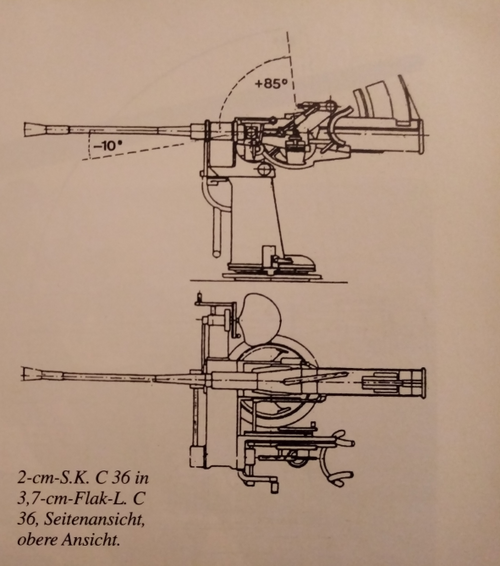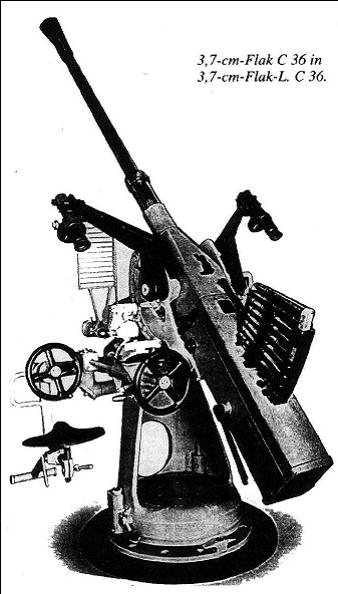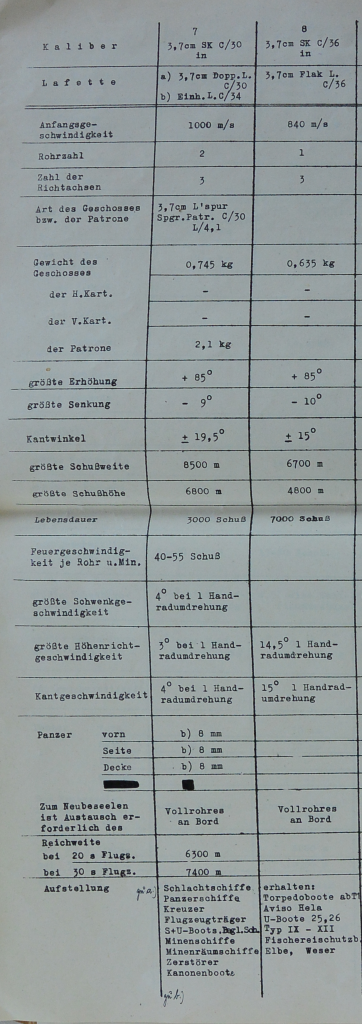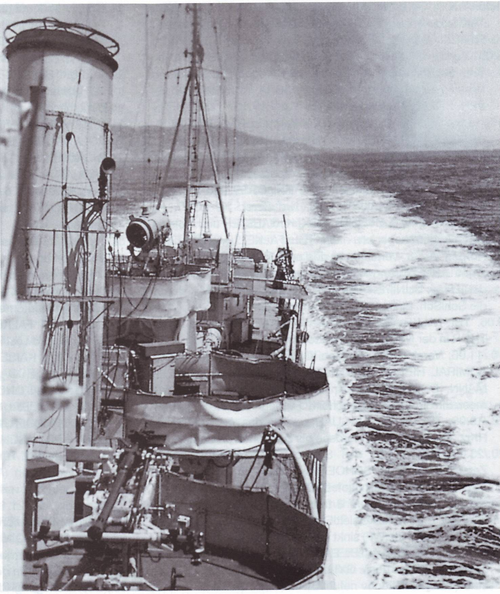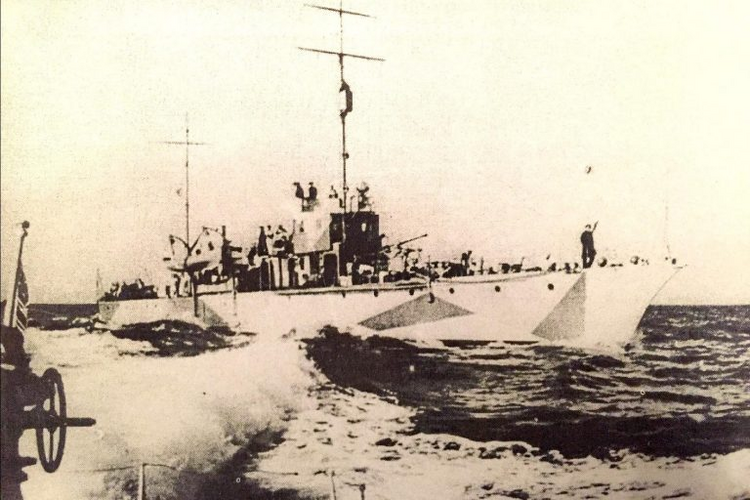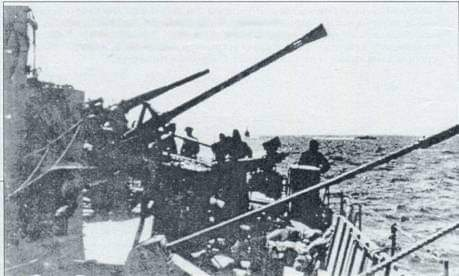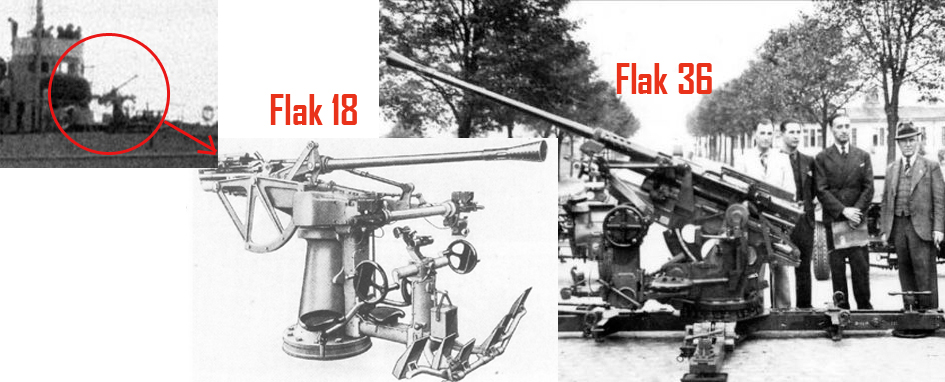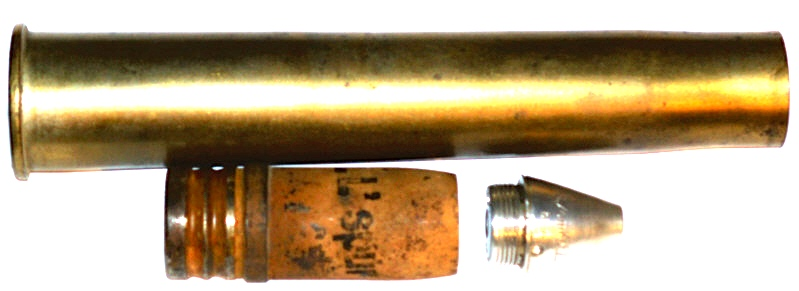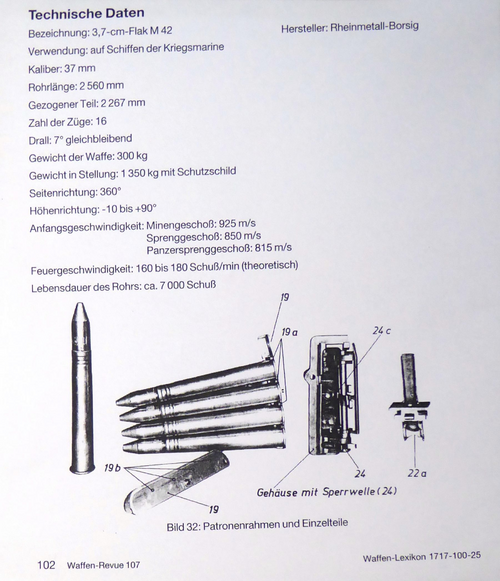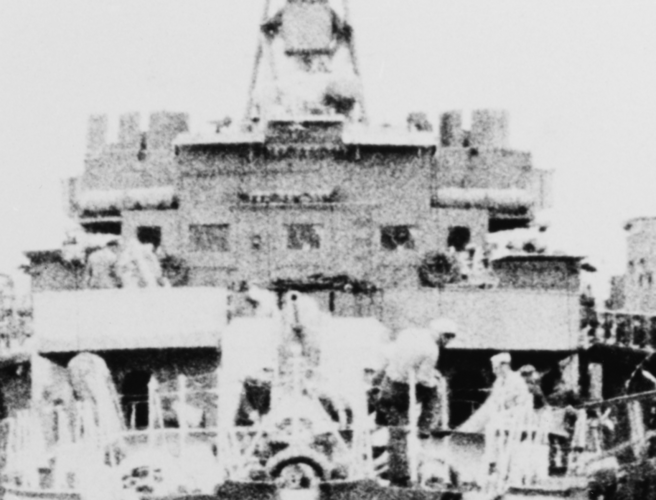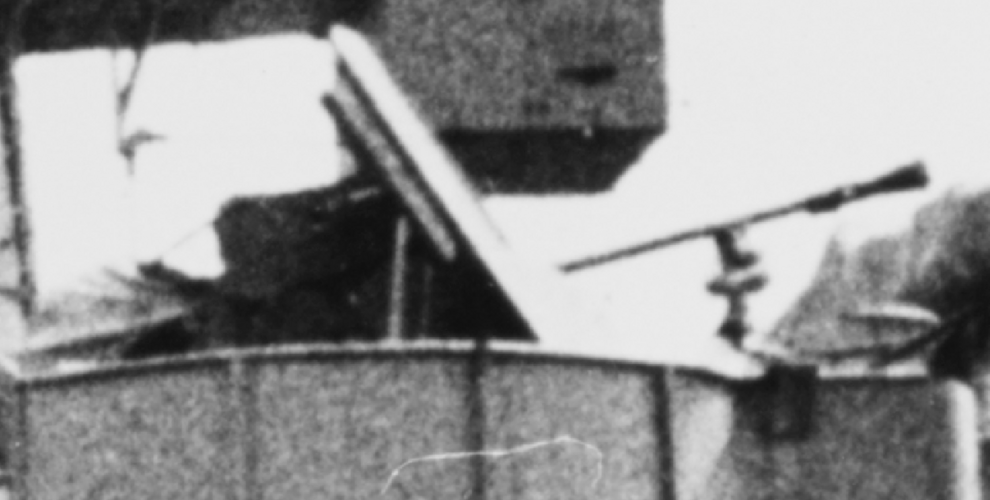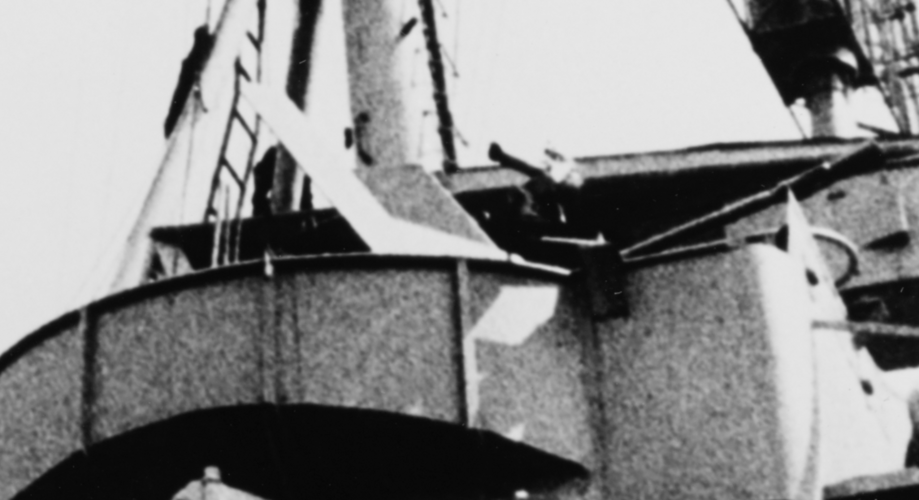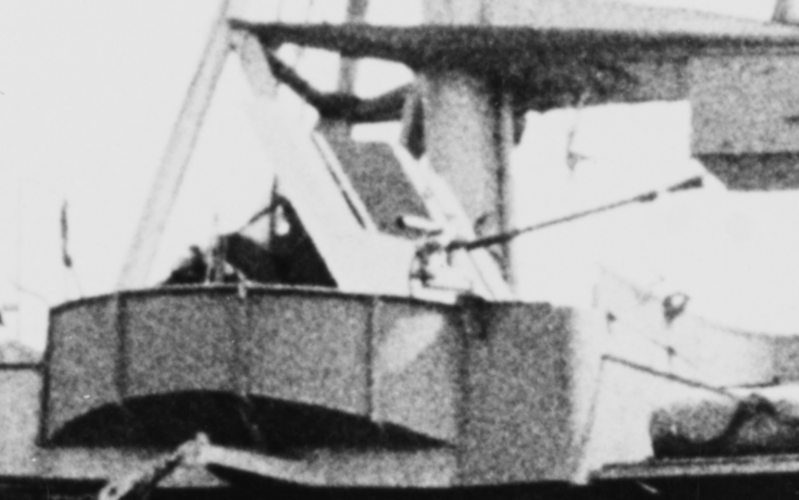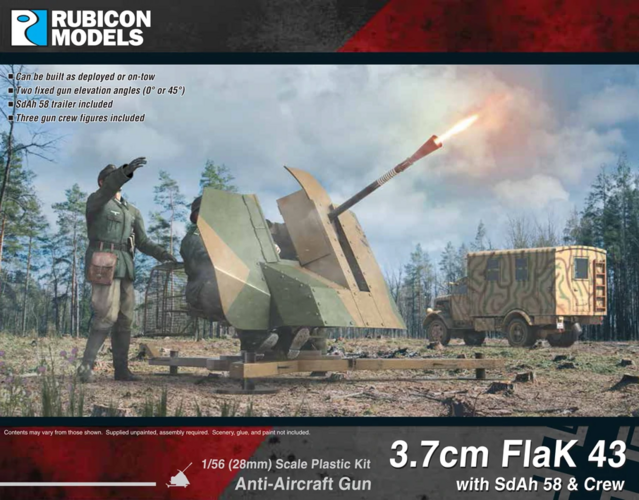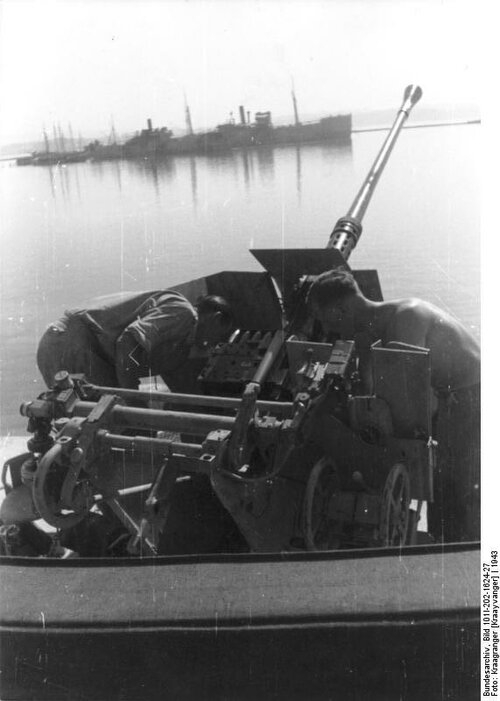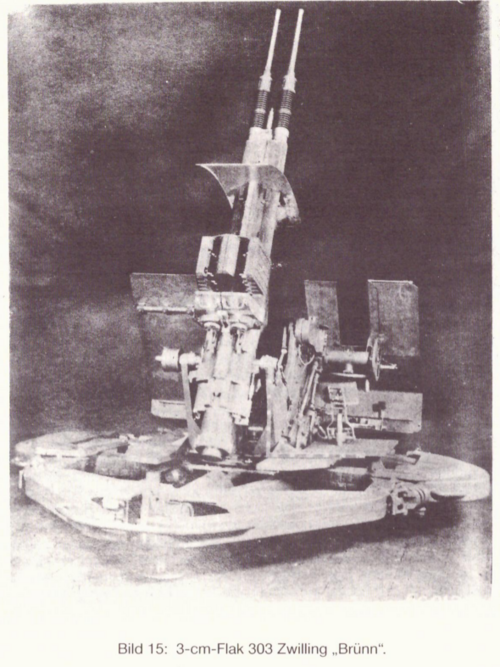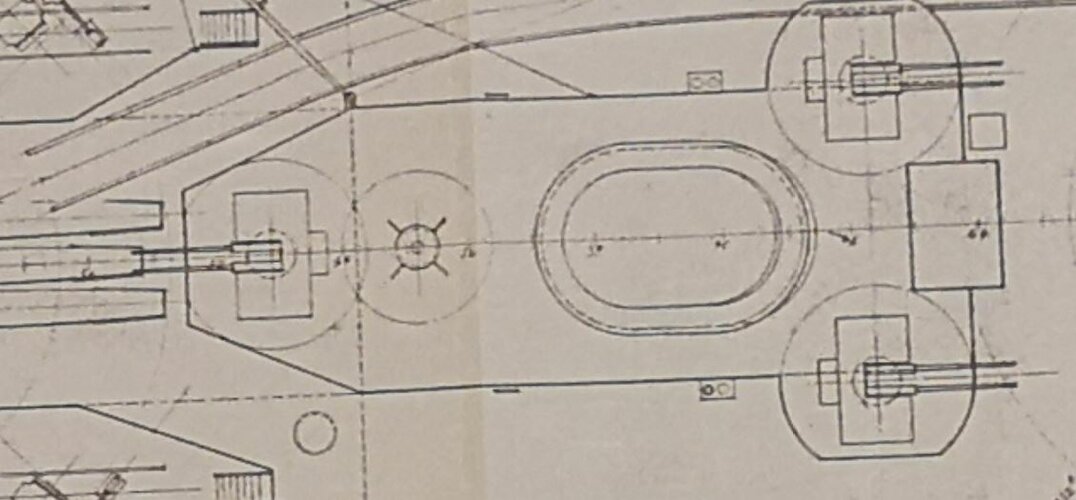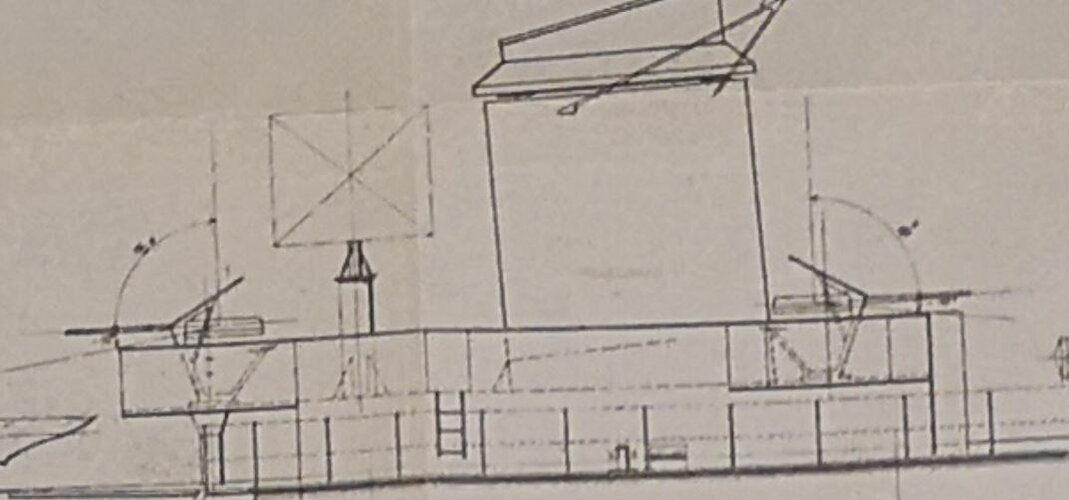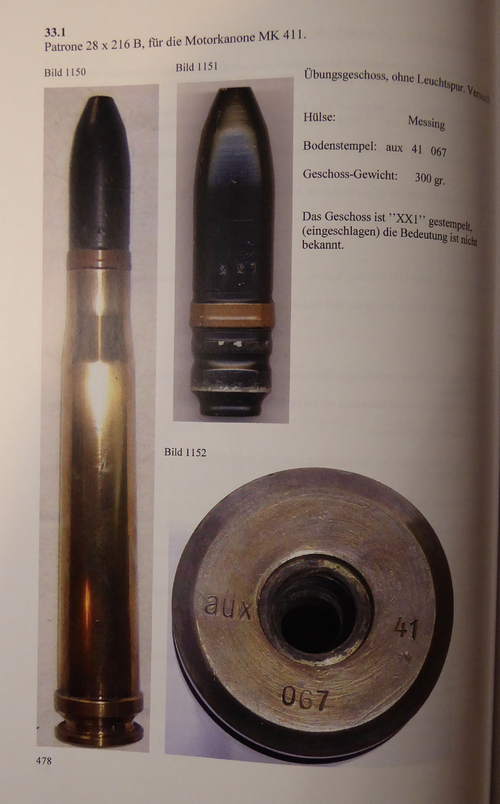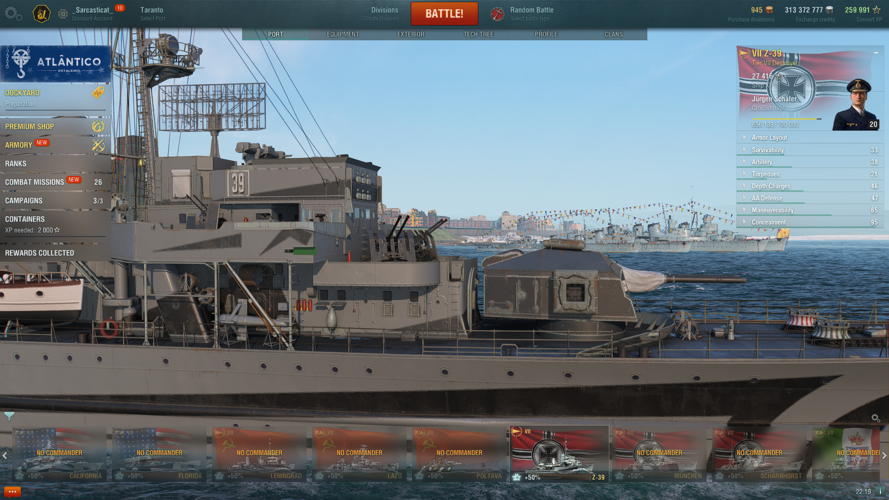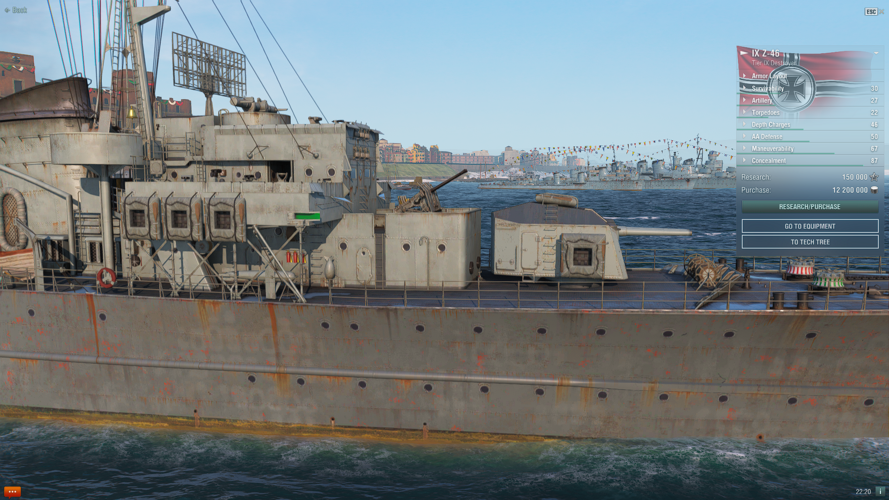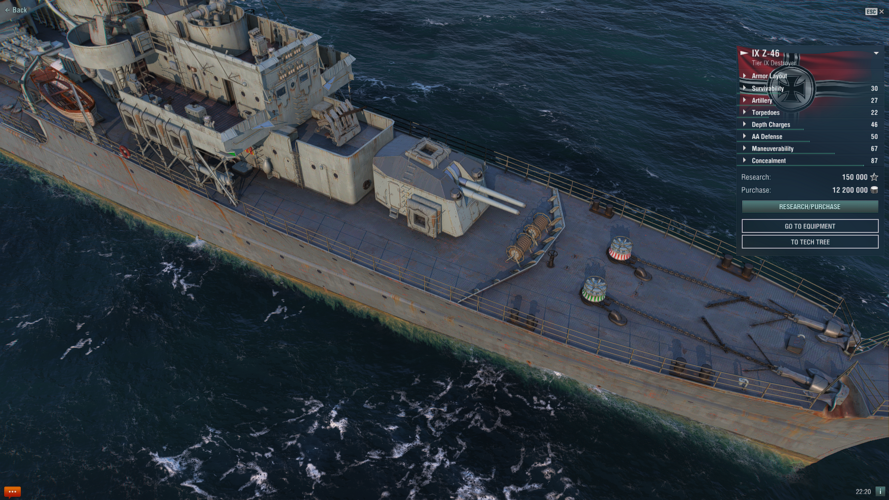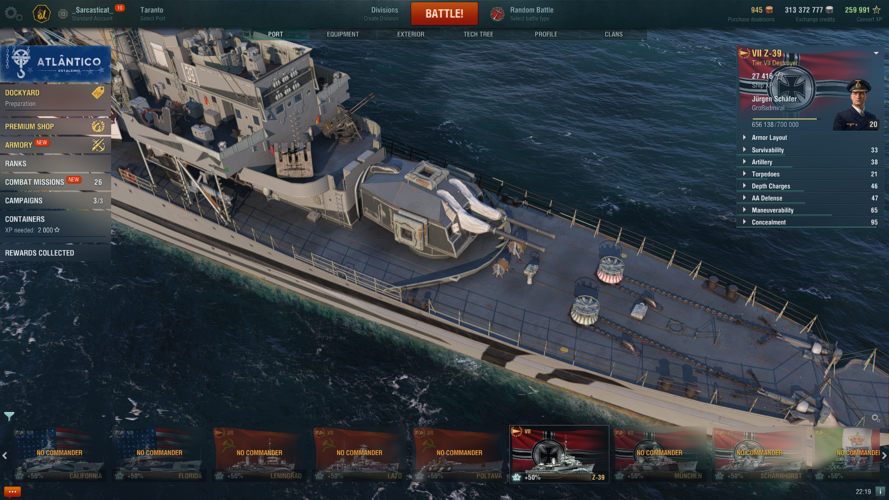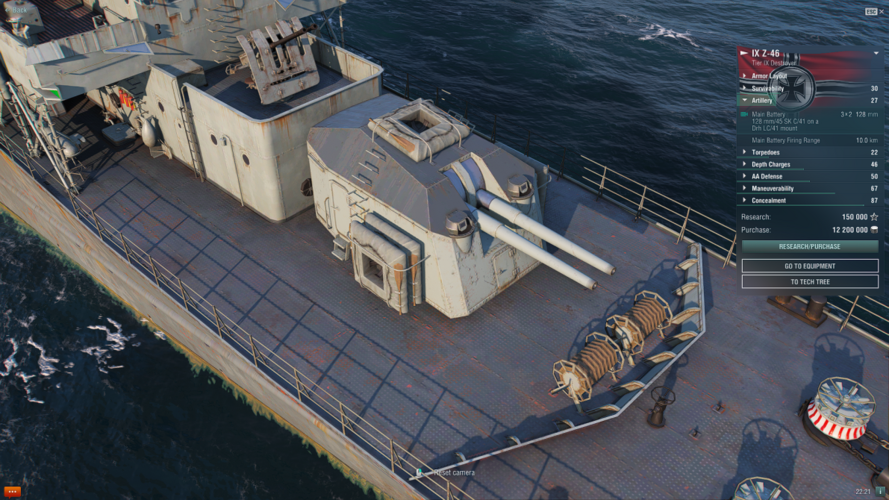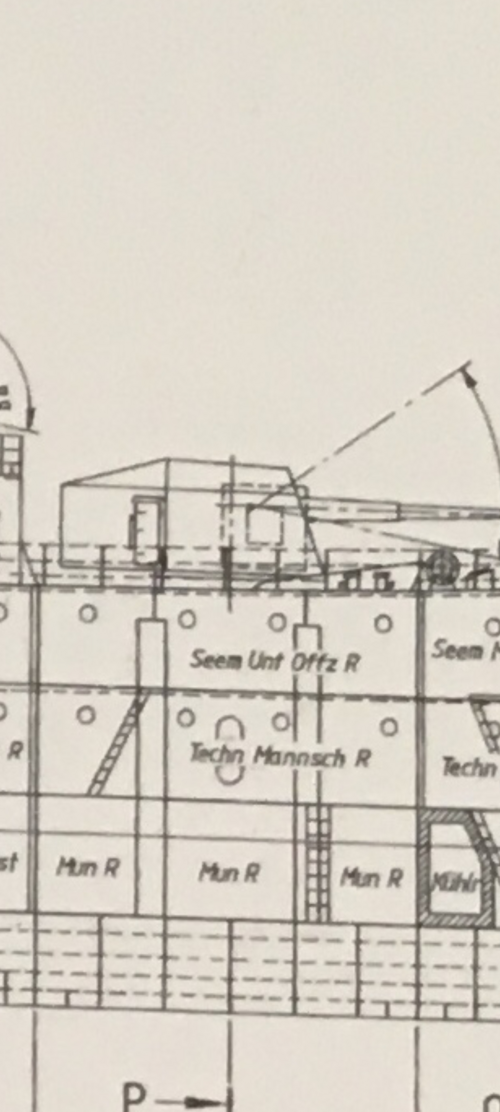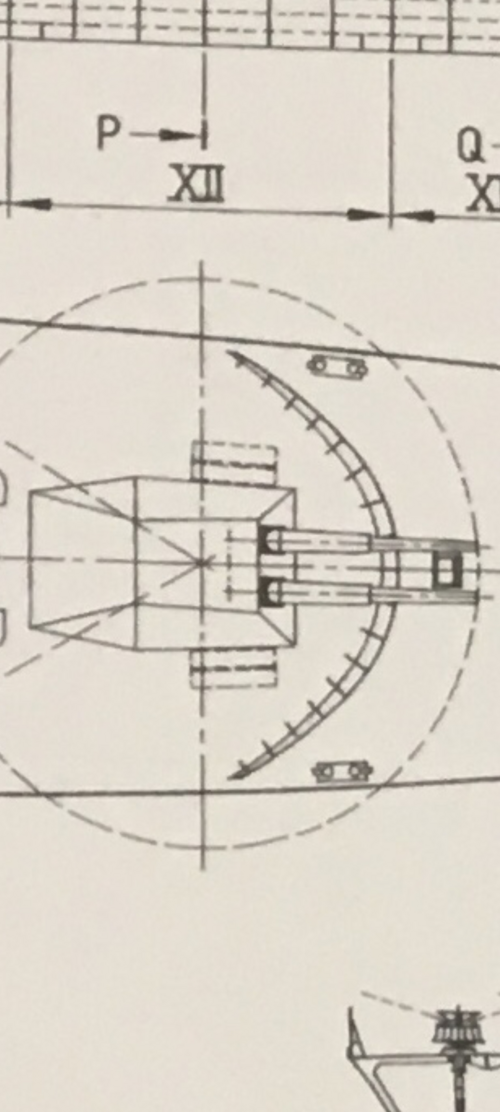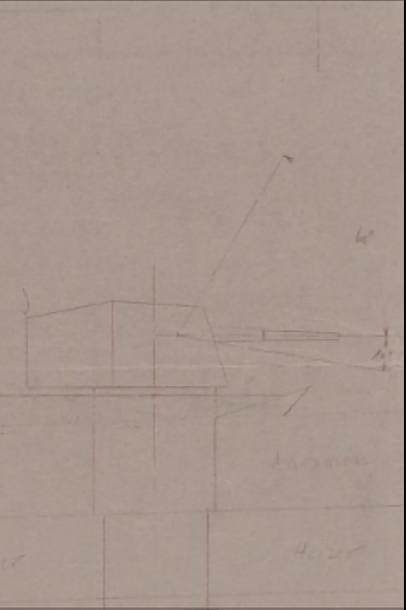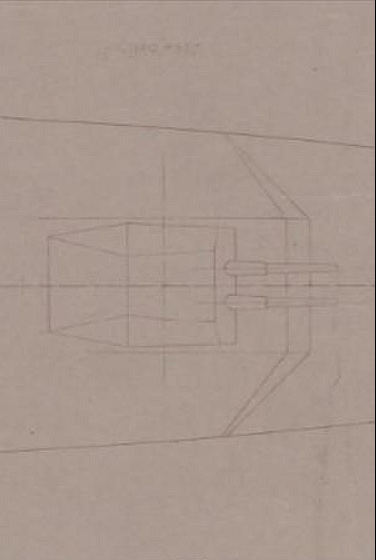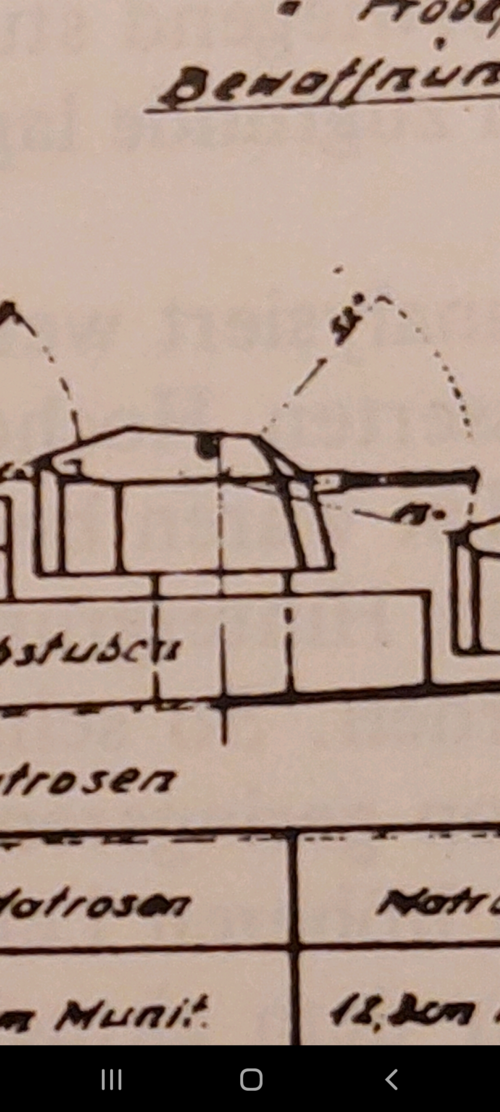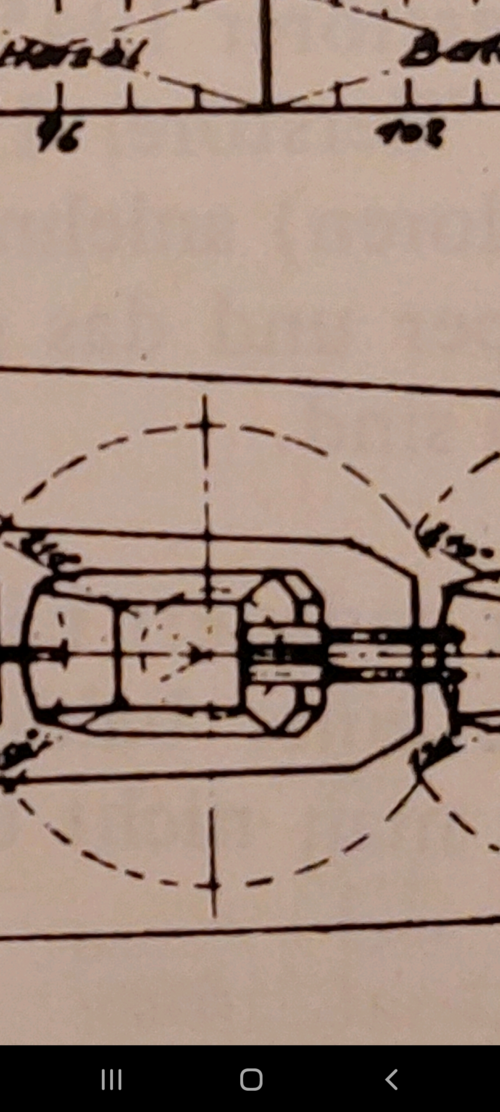I'm still wonder if there was a plan for production 42cm guns, which has been the thought process behind why this might be a 42cm gun.The 42cm should be a /48 calibre gun as navweaps states that these would be bored out 40,6cm/52 barrels.
Checking out the C/34f and C/34g twins, the 'g' is very slightly larger - by no more than about 5% in most measurements - which is a rather small increase in size. I wonder why, if they're the same 40.6cm guns?
Checking the 'h', it's a massive increase in size.
Trunnion to Rear of Turret:
f: 13200
g: 13650
h: 14700
Width of Turret:
f: 9600
g: 10100
h: 10900
Width of Barbette:
f: 11000
g: 11500
h: 12500
53cm/45 for comparison:
Trunnion to Rear of Turret: 16350
Width of Turret: 12800
Width of Barbette: 14200
38cm/52 C/26 for comparison:
Trunnion to Rear of Turret: need to do maths
Width of Turret: 8900
Width of Barbette: 10600
38cm/52 C/34d for comparison:
Trunnion to Rear of Turret: more math
Width of Turret: still more math
Width of Barbette: 10500
So, some obvious conclusions:
- f-h is increasingly larger in turret size
- f and h are different size guns
- g is either a 40.6cm gun like f or an intermediate caliber between f and h (need to remeasure barrel lengths and confirm)
- h is no larger than 53cm, and in fact comes nowhere NEAR the size of the 53cm twin.
With all of these in mind, I can make some surefire assertions:
- This is not a 50cm gun.
- 43cm was never considered by the KM as far as I am aware, and I do not believe it is mentioned in any sources that I am aware of.
This leaves me with:
45cm/50-caliber.
However, I will not discount the idea of a 43cm/52-caliber gun. There could be a source out there. The KM has considered a wide variety of calibers including 17cm, 19cm, 21cm, 35.5cm, 42cm, 48cm, etc. It would not be out of the ballpark to think that 43cm may be one of these calibers. 45cm is just what I feel comfortable with as it's already been established as a caliber the KM have or will consider, albeit at /60-caliber length.
RM 24/362-364 seems to show another scheme of Drh LC/34f, which to a great extent resembles Drh LC/34g and has those three values of 13650, 10000 and 11500.
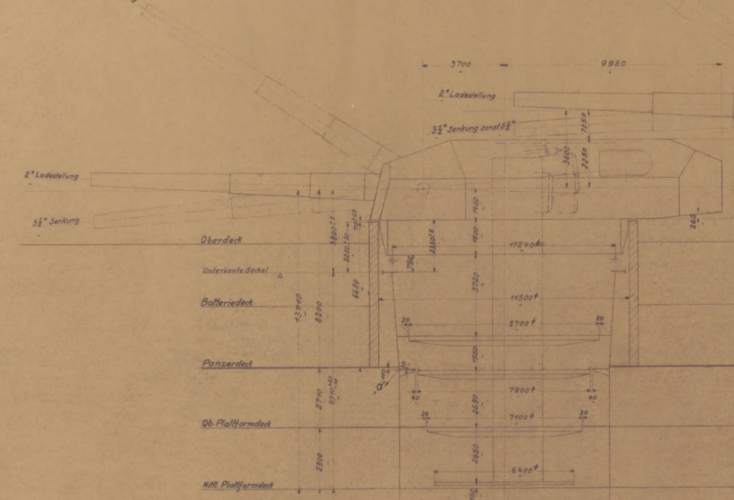
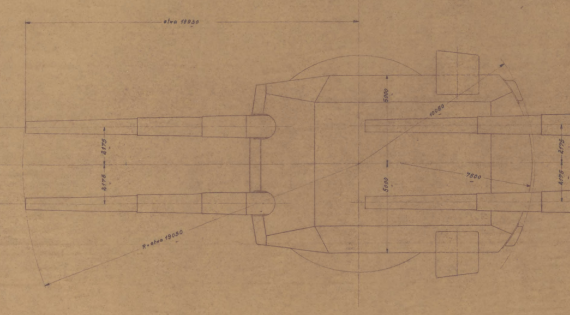
Sorry for not providing the original scan but my computer froze several times dealing with it.

